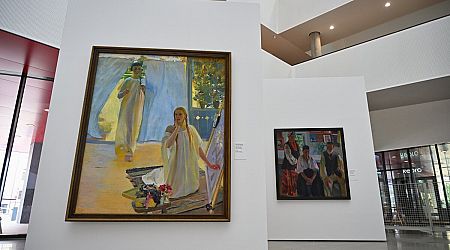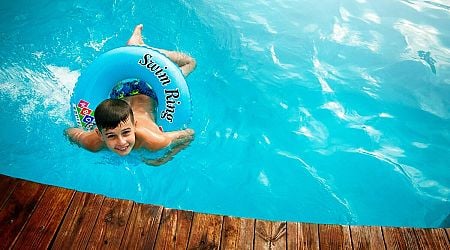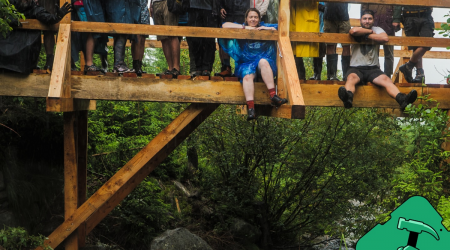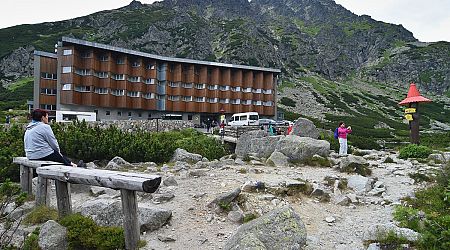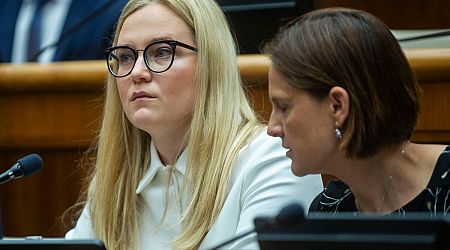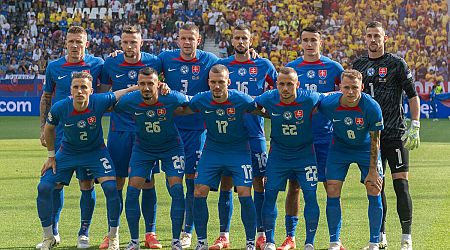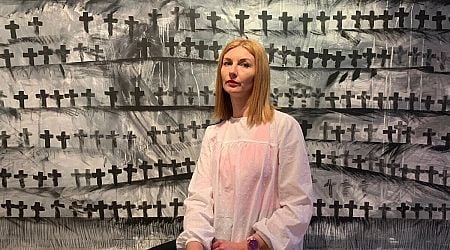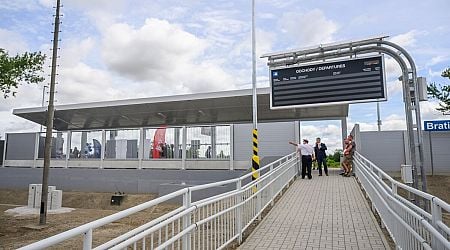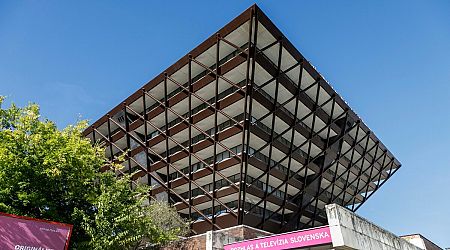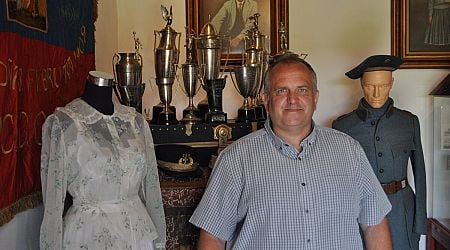Thousands of Slovaks emigrated and there is no reflection, says historian whose museum aims to change that
Slovakia's only emigration museum is in one of the last houses built by emigrants.
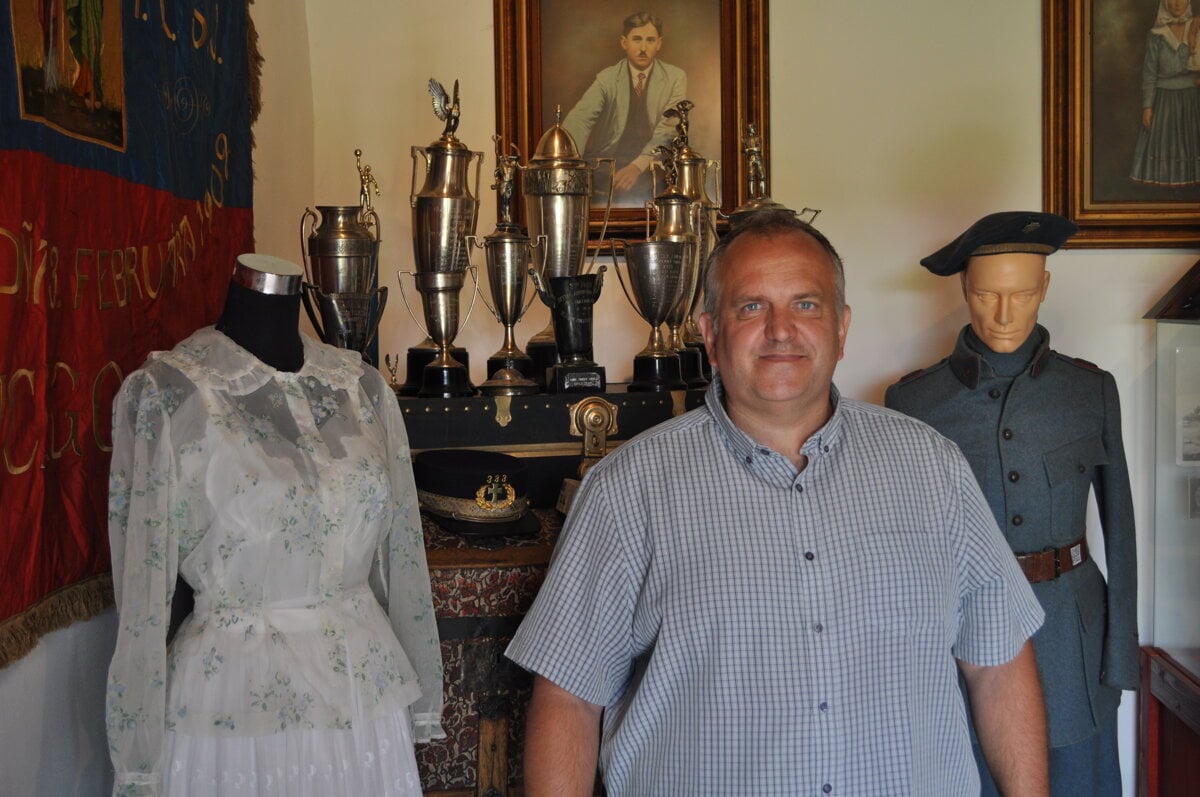
You can read this exclusive content thanks to the FALATH & PARTNERS law firm, which assists American people with Slovak roots in obtaining Slovak citizenship and reconnecting them with the land of their ancestors.
When people from the great wave of emigration at the turn of the 19th and 20th centuries returned to their home villages in Slovakia, with their hard-earned money they bought property and built houses. Locals used to call them "Amerikánske" (American).
One of the last of such houses stands in Ťahyňa, a part of the village of Pavlovce nad Uhom near the border with Ukraine. It was built by a certain Andrej Harajda. Several years ago, the house was acquired by historian Martin Javor from Prešov University, who converted it into an emigration museum. He named it Kasigarda, after a broken English version of Castle Garden in New York.
Where else but in Ťahyňa should such a museum be established? It was precisely from such small villages in eastern Slovakia that people left for a better life.
"I decided to save the cultural heritage of Slovaks in the USA. I am proud of this museum," Javor says in an interview with The Slovak Spectator, explaining that this heritage is disappearing in America.
The motivation
The initial impetus for the museum's creation was Javor's research into his family tree.
"I discovered that every branch of my family had some connection to America. Not to mention that both my great-grandmothers were born there," he says, adding that one was born in Homestead, Pennsylvania, and the other in Cleveland, Ohio. Javor's two grandfathers died in Chicago and New Jersey. His great-grand uncle Michael Javor was at the landing in Guadalcanal during WW2.
The second motive was when he inherited the estate of one of his grandmothers, which now forms the basis of the museum. In one of the display cases, you can find her prayer book, with her address on the last page in case it got lost.
The third motive was the COVID-19 pandemic and the fact that Javor had to stay at home.
"During my travels in America, I found that the cultural heritage of Slovaks there is disappearing, with some ending up in dumpsters. For example, Jankola Library in Danville, Pennsylvania, is now moving to the Czech and Slovak Museum in Iowa, which is purely a Czech museum. But at least the items are being preserved," he explains. The library was named after Matúš Jankola, a Slovak immigrant priest who educated children and preserved culture.
The reason for its disappearance is quite simple. For one, the Slovak minority in America is disappearing too. This is due to strong assimilation, which is particularly pronounced in the Slovak community. According to Javor, this is mainly due to Slovakia's lack of interest in its expatriates.
"Germans, for example, spend a billion annually on their expatriates, while Hungarians prefer not to disclose the amount of money. We spend next to nothing," Javor says.
"One-third of the nation emigrated without any reflection in Slovak society."
An equally significant factor was communism, which disrupted the continuity and relations between expatriates and their homeland. An example is computer scientist Ružena Bajcsy, who left for the USA before the invasion of Czechoslovakia in 1968 and did not return; as a result, the regime banned her from meeting her family.
Lastly, the community always needs fresh blood, and new emigration does not exist. According to Javor, today, few people are leaving for America. Those who do go do not feel the need to meet in associations.
More than a ton of books
Obtaining items for the museum is quite challenging.
"I have many contacts in the Slovak community. When someone dies and they don't know what to do with their belongings, they get in touch with me. I hop on a plane and go to America," Javor says, adding that he even has managed to buy many items through online marketplaces like eBay.
"They are often mistaken for Polish, Slovenian, or Yugoslavian because sellers can't read the labels and think the language is similar," he adds.
The Kasigarda museum
- The website and Facebook page.
- Address: Ťahyňská 915/36, 072 14 Pavlovce nad Uhom-Ťahyňa, Slovakia
- Book your visit here.
- You can visit the museum virtually here.
Javor also helps large Slovak companies and associations to rescue items of Slovak heritage if they find themselves in situations where they are forced to sell their buildings or otherwise deal with the heritage and no one knows what it is. Among these is the First Catholic Slovak Union, the largest Slovak organization in America, which not only supports Javor but has also donated many items. Another is the Slovak Catholic Sokol, of which Javor's grandmother was a member.
"In America, there is no one to show the items to. Here, it makes sense because someone comes by every now and then. But the museum is small, and I no longer have space for things," the historian says, adding that he brought one and a half tons of books and wants to build a documentation centre for Slovak emigration.
In the village, he knows someone who could work in the museum, guide people, and prepare weekend programs because Javor himself can't do everything. However, he lacks money.
"I have many ideas, and I also have results. Without the Slovak National Museum - Historical Museum and its director Peter Bárta and the general director of the Slovak National Museum Branislav Panis, I couldn't have opened my museum. They provided me with discarded display cases for free, which fit beautifully because they look like crates from a ship. They are from the old 'Romans in Slovakia' exhibition," he explains.
To improve Slovakia
The reasons that drove people to cross the Atlantic ocean were primarily socio-economic, or in other words, the search for a better life; but there were some who wanted to escape justice, others wanted to avoid war or debts. And of course, there were the success stories.
"When my grandfather came back from America to Ťahyňa, in a suit, with a pipe, and pockets full of dollars, the next day everyone wanted to go to America, rich and poor alike. That was all the rage. Our ancestors lived in the same village for hundreds of years and suddenly they could go to a completely different place," Javor explains.
"I can't even imagine his beginnings, how someone from Ťahyňa, who hadn't even been to the nearest big city - Uzghorod - boarded a ship in Europe and disembarked in America. And especially those first emigrants from the 1870s, I can't imagine that at all. They didn't even know the language."
However, the historian notes that only a very small percentage of people achieved the American dream. Slovaks did the toughest jobs in heavy industry. Conditions began to change only with education, as the second and third generations realised its importance. At the beginning, Slovaks would arrive one day and work in mines the next.
"Of course, with education came Americanisation. The Slovak identity gradually disappeared."
Based on articles from the Prešovské Noviny daily, which recorded tragedies of Slovaks, Javor wrote a book. At that time, thousands of people died daily in mining or railroad accidents. Since the social system was completely absent, people formed associations to take care of someone seriously injured at work. Slovaks also lived very poorly. Alcoholism was also a problem, many drank at home, and in America, it got worse due to how cheap it was.
"I do this to improve Slovakia. We are proud of our ancestors. I also tell students to forget about the War of Spanish Succession. You have to be interested in regional history. Start with your family, your grandfather, and great-grandfather, where they came from, what they did, and you will find that the history of the 19th and 20th centuries was very complicated. This way, you will find that many family branches have been marked by emigration," he says, adding that he tries to build their relationship with the country this way.
"Students are very important to us, and it angers me that so many study at Czech universities. For the last 150 years, we have been losing the best people from every generation, and it shows. It troubles me that we are very ashamed of our country. I try to change that with my museum."
Spectacular Slovakia travel guides
- A helping hand in the heart of Europe thanks to the Slovakia travel guide with more than 1,000 photos and hundred of tourist spots.
- Detailed travel guide to the Tatras introduces you to the whole region around the Tatra mountains, including attractions on the Polish side.
- Lost in Bratislava? Impossible with our City Guide!
- See some selected travel articles, podcasts, and traveller info as well as other guides dedicated to Nitra, Trenčín Region, Trnava Region and Žilina Region.
Related
Share this page
Guest Posts by Easy Branches






















